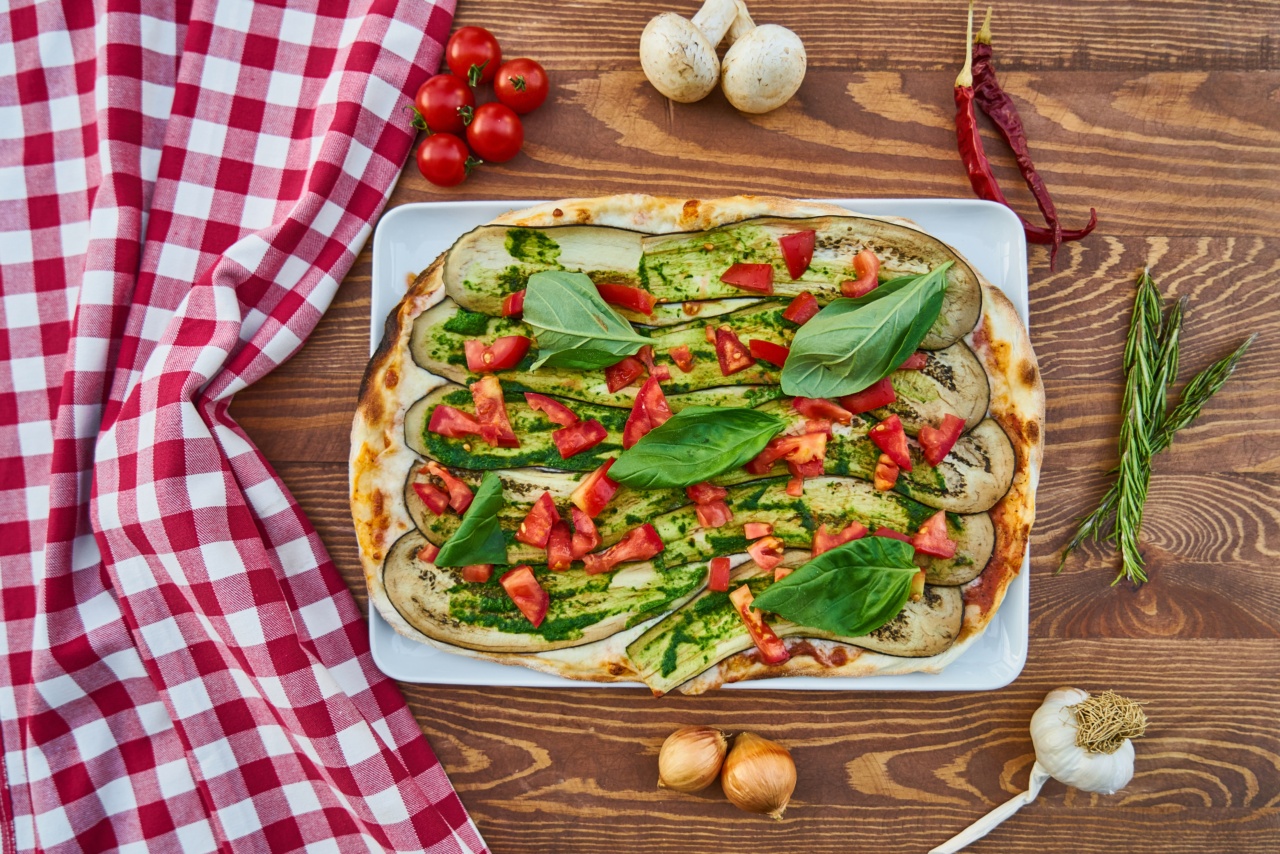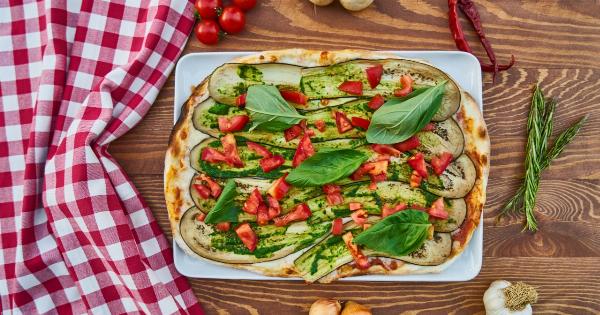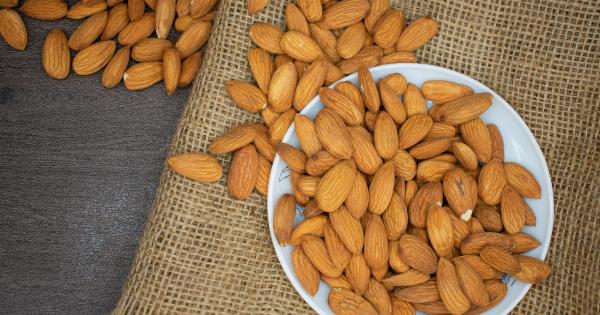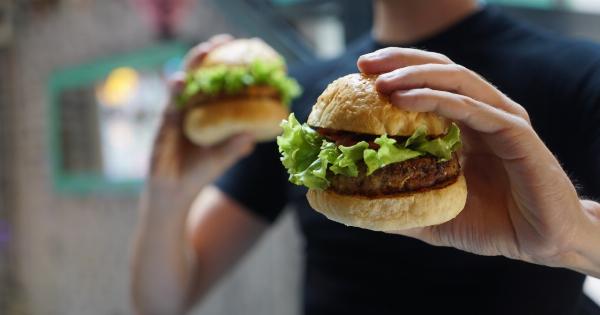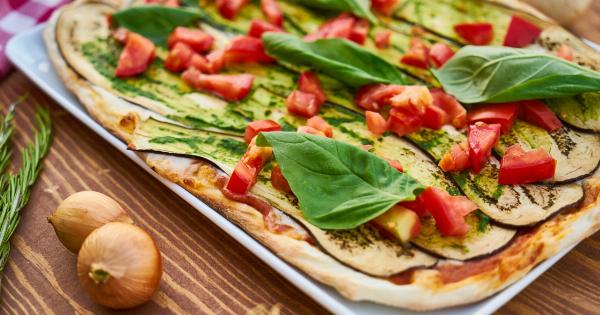Pizza has been a favorite food for many people across the globe. This Italian cuisine is tasty, versatile, and easy to make. However, pizza is usually associated with unhealthy food due to its high levels of calories and fat content.
Fortunately, there are plenty of options for healthy pizza that can be made at home. In this article, we will explore some of the best ways to make a healthy pizza that is always delicious.
Choose Healthy Pizza Crust
The first step in making a healthy pizza is to choose the right crust. Doughs that are made with whole grain or whole wheat flour are better options because they have more fiber and nutrients than the regular white flour pizza dough.
These crusts are also less processed, contain fewer preservatives, and have a lower glycemic index. Additionally, making your own pizza dough is an excellent way to control the ingredients and avoid hidden unhealthy components such as trans fats and high-fructose corn syrup.
Load Up on Vegetables
Adding vegetables to your pizza is a smart way to increase its fiber and nutrient content. Some great choices for pizza toppings include spinach, olives, onions, bell peppers, mushrooms, and tomatoes.
You can also experiment with other types of vegetables such as broccoli, zucchini, eggplant, or even sweet potatoes. Vegetables are not only nutritious but also add a lot of flavor and texture to your pizza, making it even more delicious.
Choose Lean Protein
When it comes to protein toppings, choose lean options such as chicken, turkey, or seafood. Red meat, especially processed meats such as pepperoni and sausage, can add a lot of calories, fat, and sodium to your pizza.
You can also try vegetarian options like tofu or beans to avoid animal protein. Adding protein to your pizza will help you feel fuller for a longer time and keep your blood sugar levels stable.
Use Healthy Cheese Substitutes
Cheese is a crucial ingredient in pizza but can add a lot of calories and fat. Therefore, look for healthy cheese options such as mozzarella, feta, or goat cheese, which are lower in calories and fat.
You can also try non-dairy cheese substitutes made from nuts or soy. Reduce the amount of cheese you use by adding more vegetables or protein to your pizza.
Minimize Processed Sauces and Oils
Sauces and oils play a critical role in the taste of pizza. However, many types of sauces and oils can be loaded with sugar, salt, or unhealthy fats.
Instead, try making your pizza sauces at home using fresh tomatoes or tomato paste, garlic, herbs, and spices. You can also use healthy oils such as olive oil, avocado oil, or coconut oil in moderate amounts. Avoid processed sauces such as ketchup or barbeque sauce that contain high fructose corn syrup and unhealthy additives.
Experiment with Whole Food Flavors and Spices
The final step in making a healthy and delicious pizza is to experiment with different flavors and spices. Adding fresh herbs such as basil, oregano, or thyme can elevate the taste of your pizza while also adding more nutrients.
You can also try different spices such as paprika, chili flakes, or cumin, depending on your personal preference. These spices not only add flavor but also have many health benefits such as anti-inflammatory properties.
Conclusion
In conclusion, pizza can be a healthy and delicious meal if you use the right ingredients and toppings.
Choose whole grain crust, load up on vegetables, choose lean protein and healthy cheese substitutes, minimize processed sauces and oils, and experiment with different flavors and spices. With these simple steps, you can enjoy a guilt-free pizza that tastes fantastic. Happy cooking!.
